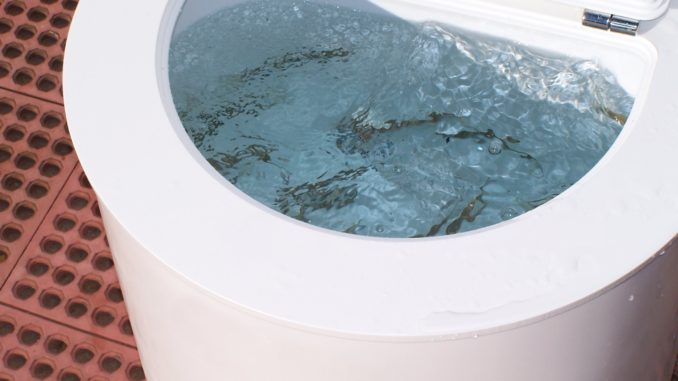
For fishermen planning on using live bait to catch hybrids and striped bass, a bait tank is a piece of equipment that’s high on the list of importance.
A bait tank should handle about a dozen 4- to 6-inch baits per 5 gallons of water at a minimum size of 20 gallons. For larger baits, 7 to 12 inches, a good rule of thumb is one bait per gallon of water.
Ideally, your bait tank will be equipped with a filtration system that’s designed to remove deadly organic matter to keep water clear and the odor down. It will also remove ammonia which causes stress and kills your bait. Water circulation via a circulation pump is needed to keep water flowing at proper speed based on the size of tank you use.
Temperature control is an important consideration for keeping and storing bait. Cooler water holds more oxygen and keep baits lively. Temperature control is more of a consideration during hot weather than at other times.
Non-iodized salt can be mixed in your tank to help condition the water before adding bait. This will help harden scales and rejuvenate the bait’s slime coat. The recommended dosage is a half cup of non-iodized salt for 10 gallons of water.
Frequent cleaning and care of the bait tank will insure the health and survival of live bait. Baking soda and a plastic, dish-cleaning brush can be used to remove grime from inside a bait tank. Rinse the tank thoroughly with water after cleaning and allow the tank to air dry.


Be the first to comment